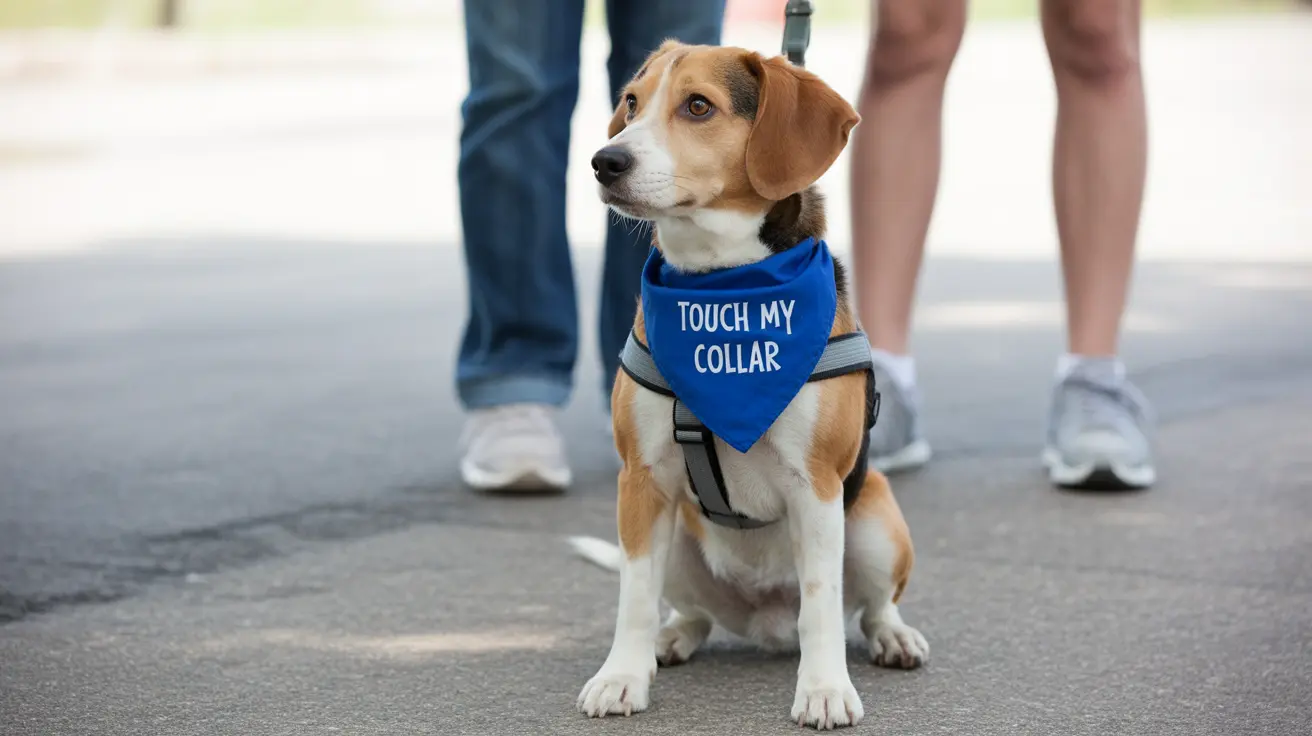Can Dogs Take Methocarbamol and Gabapentin Together?
Both methocarbamol and gabapentin are commonly prescribed medications in veterinary medicine for treating various musculoskeletal and neurologic conditions in dogs. While each drug has its unique mechanism of action, veterinarians may choose to use them together in certain cases to achieve a more comprehensive therapeutic effect. However, it’s crucial to understand the implications of combining these medications, including potential side effects, proper dosing guidelines, and safety precautions.
What is Methocarbamol?
Methocarbamol is a centrally acting muscle relaxant that is FDA-approved for use in dogs, cats, and horses. It works by suppressing abnormal nerve impulses in the central nervous system, reducing involuntary muscle spasms and discomfort without directly affecting the muscle fibers. It is often used to treat:
- Muscle spasms
- Tremors
- Stiffness
- Pain related to injuries or inflammatory conditions
- Neurological issues like intervertebral disc disease (IVDD)
- Toxicities such as strychnine or snail bait poisoning
What is Gabapentin?
Gabapentin, although not detailed in the source material, is widely known in veterinary practice as a nerve pain medication and mild sedative. It is frequently prescribed for chronic pain, nerve-related pain, and as an adjunct in seizure management, especially in dogs with ongoing conditions like osteoarthritis or post-surgical recovery.
Combining Methocarbamol and Gabapentin
Veterinarians sometimes prescribe both medications concurrently to address complex pain syndromes or to alleviate severe muscle spasms with a neurologic component. Methocarbamol reduces abnormal muscle contractions, while gabapentin calms nerve-related discomfort, targeting pain from two different physiological pathways.
Although both medications are effective, they may cause overlapping central nervous system (CNS) effects. These can include:
- Excessive drowsiness
- Incoordination or ataxia
- Muscle weakness
- Lethargy or unusual behavior
If administered together, these CNS depressant effects can amplify, potentially making a dog excessively sedated. Therefore, careful dosing and monitoring are essential.
Dosing Guidelines and Administration
Methocarbamol doses range from 20–30 mg per pound (66–132 mg/kg) given orally every 8 hours on average. Tablets come in 500 mg or 750 mg strengths and can be compounded into flavored forms for ease of dosing. Dosing is tailored based on the dog's weight, condition, and response to therapy.
Gabapentin dosing varies but is typically administered 2–3 times daily. Both meds can be given with or without food, although giving methocarbamol with food may reduce vomiting.
Potential Side Effects
When given together, dogs may display more pronounced side effects, such as:
- Excessive sedation or lethargy
- Incoordination or stumbling
- Vomiting or inappetence
- Behavioral changes such as agitation or restlessness
Rare but serious side effects include respiratory depression, collapse, or allergic reaction. These cases require immediate veterinary attention.
Safety Considerations
- Methocarbamol should not be used in pets allergic to it.
- Use caution in animals with liver or kidney issues.
- Safety in pregnant or nursing dogs hasn’t been firmly established.
- Do not double doses if a dose is missed; instead, resume the next scheduled dose.
- Long-term use may be necessary for chronic conditions, with periodic veterinary checkups recommended.
Veterinary Supervision is Essential
Veterinarians prescribe these drugs after a full assessment, and only they can determine safe use based on:
- Dog’s age, breed, and size
- Current medications and potential interactions
- Underlying health conditions
- Severity and nature of the presenting problem
Never combine medications without veterinary approval. Communication with your vet ensures the therapeutic benefits outweigh the risks.
Overdose Risks
Signs of methocarbamol overdose include:
- Profound sedation
- Inability to stand or right themselves
- Loss of muscle control
- Vomiting, drooling, or collapse
Seek emergency veterinary help immediately. Do not induce vomiting at home unless told to by a professional.
Conclusion
Methocarbamol and gabapentin can be used together in dogs to address issues involving muscle spasm, nerve pain, and neurologic trauma. While this combination can be effective and well-tolerated under appropriate veterinary guidance, side effects and interactions must be vigilantly managed. Always consult your vet before starting, stopping, or adjusting any medications.





